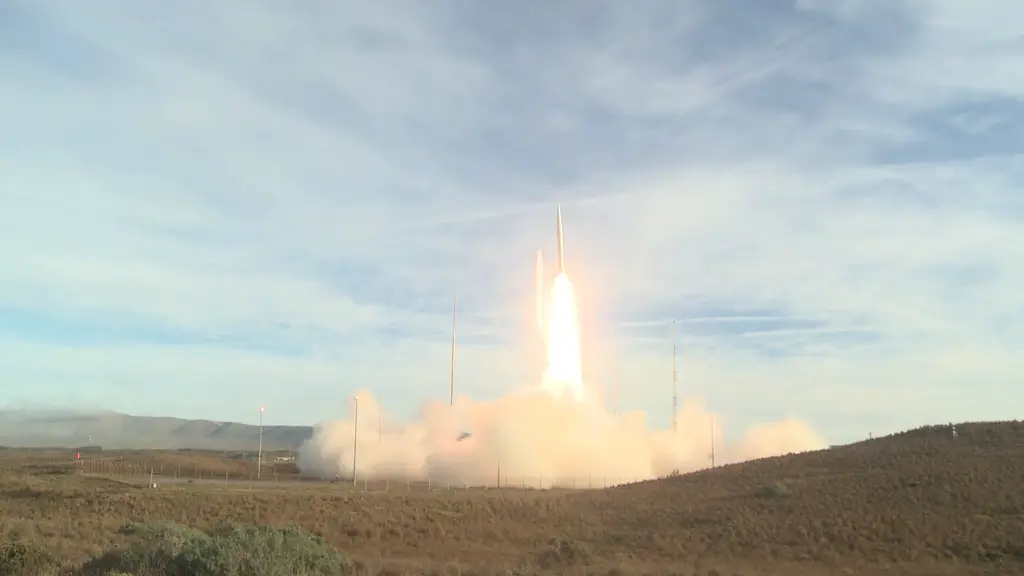On Thursday, Dec. 12, 2019, the U.S. Air Force, in partnership with the Strategic Capabilities Office, conducted a flight test of a prototype conventionally-configured ground-launched ballistic missile from Vandenberg Air Force Base, California. The test missile exited its static launch stand and terminated in the open ocean after more than 500 kilometers of flight. Data collected and lessons learned from this test will inform the Department of Defense’s development of future intermediate-range capabilities.
The test comes amid growing uncertainty about the future of arms control. The last remaining treaty limitation on U.S. and Russian nuclear weapons — the New Start treaty of 2010 — is scheduled to expire in February 2021. That treaty can be extended for as long as five years without requiring a renegotiation of its main terms. The Trump administration has indicated little interest in doing so.

The Pentagon declined to reveal the maximum range of the missile tested. Last spring, when U.S. officials disclosed the testing plan, they said it would be roughly 3,000 kilometers to 4,000 kilometers (1,860 miles to 2,480 miles). That is sufficient to reach potential targets in parts of China from a base on Guam, for example. The Pentagon has made no basing decisions and has suggested that it will take at least a few years before such a missile would be ready for deployment.
Under the 1987 Intermediate-range Nuclear Forces treaty, land-based cruise and ballistic missiles with a range between 500 kilometers and 5,500 kilometers (310 miles to 3,417 miles) were prohibited. The Trump administration chose to abandon the INF treaty, saying that while it had adhered to the treaty’s limitations, Russia had violated it by deploying a noncompliant cruise missile aimed at U.S. allies in Europe. Shortly after exiting the treaty in August, the Pentagon flight-tested an INF-range cruise missile.
















